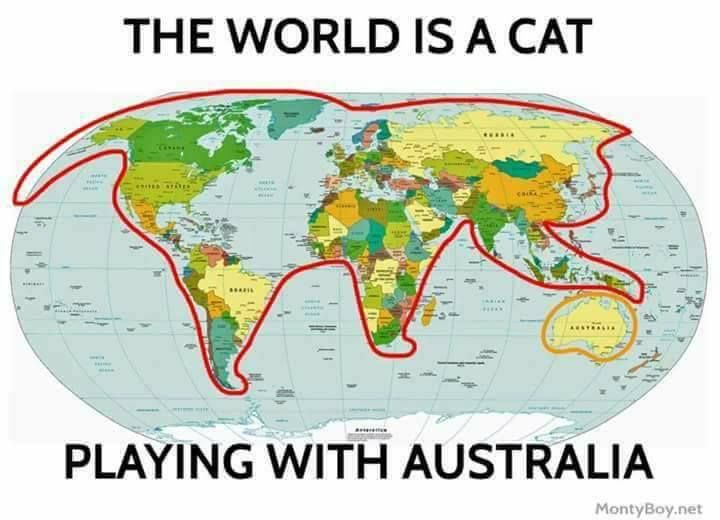lpetrich
Contributor
The problem of representing our homeworld's surface on a flat surface is a problem that has been recognized for nearly two thousand years, as far back as Claudius Ptolemy (ca. 150 CE), not only an astronomer but also a mapmaker.
Flattening the Earth: Two Thousand Years of Map Projections, Snyder is a detailed history of this subject.
It is mathematically impossible to exactly represent the surface of a sphere on a flat surface, something shown by mathematician Carl Friedrich Gauss in 1827. He showed that the curvature of a surface can be found from inside the surface, by finding what polygons' angles sum to, among other things:
(Sum pf polygon angles) = (((number of sides) - 2) * pi) + (integral of curvature over polygon area)
So one has a choice between straight sides and unchanged angles.
But numerous approximate solutions have been developed over the centuries, solutions which often preserve some property out of all the properties that they sacrifice.
Flattening the Earth: Two Thousand Years of Map Projections, Snyder is a detailed history of this subject.
It is mathematically impossible to exactly represent the surface of a sphere on a flat surface, something shown by mathematician Carl Friedrich Gauss in 1827. He showed that the curvature of a surface can be found from inside the surface, by finding what polygons' angles sum to, among other things:
(Sum pf polygon angles) = (((number of sides) - 2) * pi) + (integral of curvature over polygon area)
So one has a choice between straight sides and unchanged angles.
But numerous approximate solutions have been developed over the centuries, solutions which often preserve some property out of all the properties that they sacrifice.


